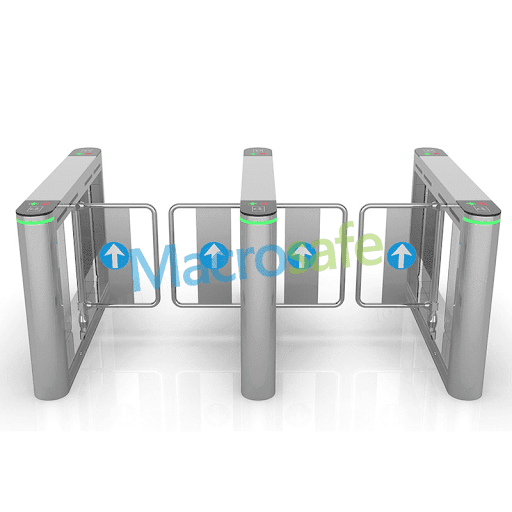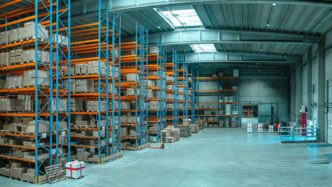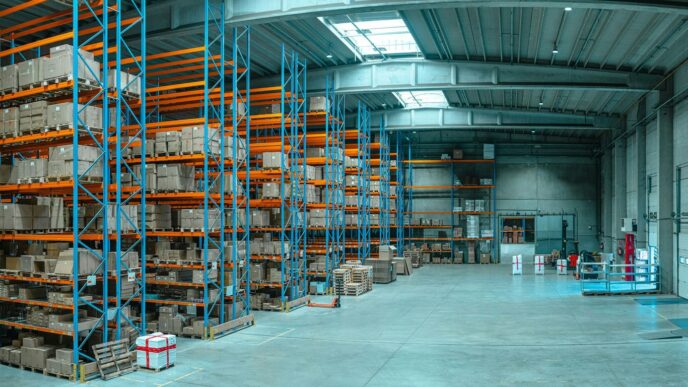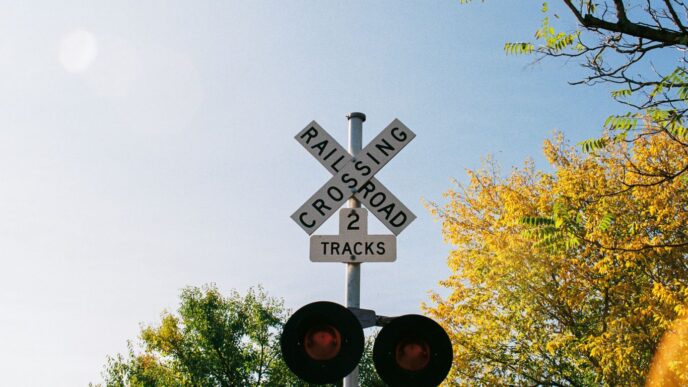The deployment of construction turnstiles plays a vital role in managing site access and enhancing security in construction projects. However, this process is not without its challenges. In this article, we will address some common challenges that arise when deploying construction turnstiles and explore effective strategies to overcome them. By understanding and proactively resolving these challenges, construction project managers can ensure the successful integration and utilization of turnstiles on their sites.
- Physical Space Limitations:
One of the primary challenges when deploying construction turnstiles is working within limited physical space. Construction sites are often characterized by restricted areas and congested layouts, making it challenging to find suitable locations for turnstile installation. To overcome this challenge, project managers should conduct a thorough assessment of the site layout and identify areas where turnstiles can be strategically placed to optimize pedestrian flow while not interfering with ongoing construction activities. Collaboration with architects and planners during the design phase can help identify potential space limitations and find innovative solutions to achieve seamless turnstile integration.
- Accommodating Various Site Personnel:
Construction sites typically accommodate a diverse range of individuals, including workers, contractors, and visitors. Each group may require different access levels and permissions. Managing and verifying the credentials of these personnel can be a significant challenge. Deploying construction turnstiles with advanced access control systems, such as RFID cards or biometric authentication, can help mitigate this challenge. These systems facilitate efficient credential management and provide a secure and streamlined process for granting access to different user groups while ensuring site safety.
- Adapting to Harsh Environmental Conditions:
Construction sites often present harsh environmental conditions, including extreme temperatures, dust, and debris. These conditions can adversely affect the performance and longevity of construction turnstiles. To overcome this challenge, it is crucial to choose turnstiles specifically designed for construction environments. These turnstiles are built to withstand tough conditions and are equipped with features such as weatherproof enclosures, durable materials, and enhanced resistance to dust and debris. Regular maintenance and cleaning of turnstile components are essential to ensure optimal functionality and longevity.
- Handling High Traffic Volumes:
Construction sites can experience high pedestrian traffic volumes, especially during peak work hours or shifts. Deploying turnstiles capable of efficiently managing high traffic volumes is crucial to avoid bottlenecks and delays. Consideration should be given to the turnstile’s throughput capacity, ensuring it can handle the expected foot traffic without causing congestion. Additionally, integrating turnstiles with intelligent traffic management systems, such as integrating turnstile gates with traffic lights or automated counting systems, can help optimize pedestrian flow and prevent overcrowding.
- Ensuring Regulatory Compliance:
Compliance with health and safety regulations is paramount on construction sites. Turnstile deployment and operation must align with these regulations to ensure the safety and well-being of all personnel. Construction project managers should thoroughly research and understand local building codes, safety standards, and accessibility requirements when deploying turnstiles. Additionally, regular safety audits and inspections should be conducted to identify and rectify any potential compliance issues. Collaborating with relevant authorities and incorporating safety measures into turnstile design and operation can help ensure compliance and prevent legal and safety issues.
Conclusion:
Deploying construction turnstiles on construction sites is not without its challenges. However, by addressing common challenges such as limited physical space, managing various site personnel, adapting to harsh environmental conditions, handling high traffic volumes, and ensuring regulatory compliance, project managers can successfully overcome these obstacles. Effective planning, collaboration, and the implementation of advanced turnstile technologies can contribute to streamlined site access, enhanced security, improved efficiency, and successful construction project outcomes. By proactively addressing these challenges, construction sites can create a safer and more secure environment for their workforce and stakeholders.













